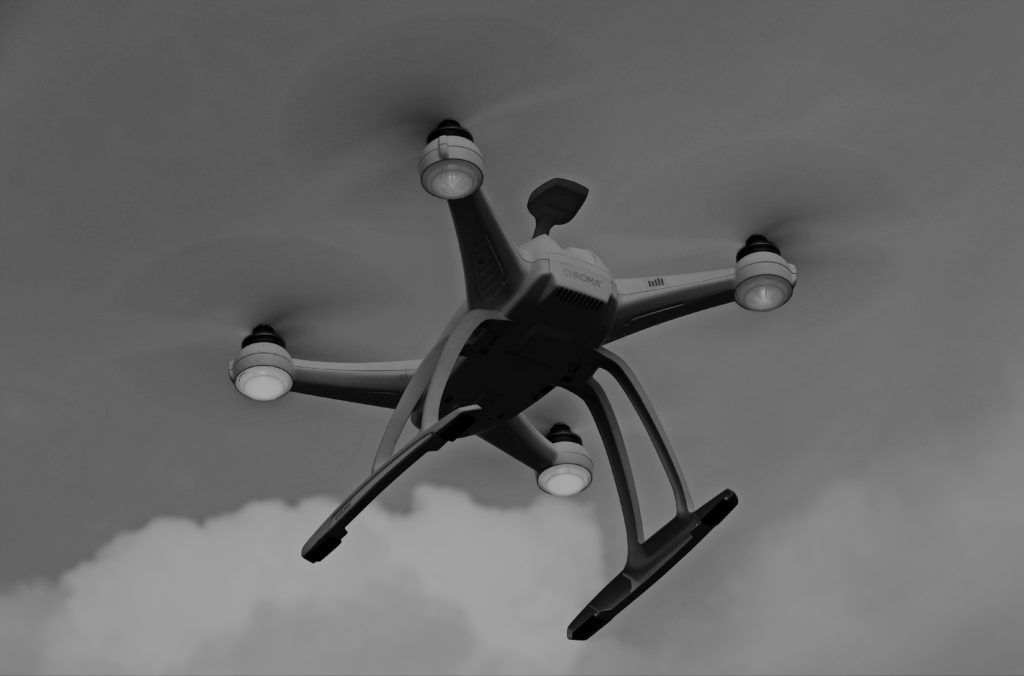No products in the cart.
Posts
A Robotic Simone Biles
I’ve written before on the frightening advances in technology, and how they relate to education and workforce issues. I didn’t think I had anything else to say – that is, until I learned about the following two developments, both from robotics pioneer Boston Dynamics.
Atlas, the Robotic Gymnast
You’ve probably seen Atlas before; this human-like robot (two feet, two arms) has been seen in videos walking on uneven surfaces and even up and down stairs. That was just a couple of years ago; now it can do its own gymnastics routine, further demonstrating its ability to navigate almost any environment. Note that Atlas is still featured only as a demonstration project; there are no versions of this robot for sale…yet.If you have not seen Atlas yet, watch here!
Spot Comes to the Workplace
You’ve probably also seen Spot, the four-legged, dog-like robot that can navigate environments on its own and operate in nearly any condition, as seen here.
The big news with Spot is that, unlike Atlas, this robot has moved into commercial availability. Boston Dynamics has announced that they’re making Spot commercially available, with companies invited to apply to purchase robots (the cost varies based on features, but can be up to the cost of a luxury car), and use it as it makes sense within their industries.
How does Boston Dynamics expect Spot to be used? According to this article:
The company says the best way to find out is to put Spot in the hands of as many users as possible and let them develop the applications. Some possibilities include performing remote data collection and light manipulation in construction sites; monitoring sensors and infrastructure at oil and gas sites; and carrying out dangerous missions such as bomb disposal and hazmat inspections. There are also other promising areas such as security, package delivery, and even entertainment. “We have some initial guesses about which markets could benefit most from this technology, and we’ve been engaging with customers doing proof-of-concept trials,” Perry says. “But at the end of the day, that value story is really going to be determined by people going out and exploring and pushing the limits of the robot.”
I highlight these kinds of developments to reinforce a point.
We all live in a world of rules about our jobs: Our administrators and state DOEs give us curriculum standards to fulfill, approved materials to use, and rules as to how we – and our students – will be evaluated. However, those guidelines change slowly, while the world around us is changing at near-light speed. If we’re teaching students about construction without letting them know how robotics are changing the industry, and the day-to-day working environment in which they might find themselves, then these students will not only be unprepared for working alongside these new tools, but they will also be unable to find ways to get ahead of the curve and capitalize on this new technology. You might well have students in your class who enjoy construction, but also enjoy programming, and would be ideal prospects for mastering this technology in a workplace environment – if only they knew about it.
So please, in this rapidly-changing world, do what you can to let students know what’s happening now, and not what’s happening according to your five-year-old standards and curriculum. The best solution here is to leverage your employers, those who sit on your advisory board and work with your students already on everything from guest speaking to apprenticeships, and ask them to inform students and help you update your program to truly reflect this wild new world that students will soon be entering.
Brett Pawlowski is Executive Vice President of NC3T, the National Center for College and Career Transitions (www.nc3t.com). NC3T provides planning, coaching, technical assistance and tools to help community-based leadership teams plan and implement their college-career pathway systems and strengthen employer connections with education.

